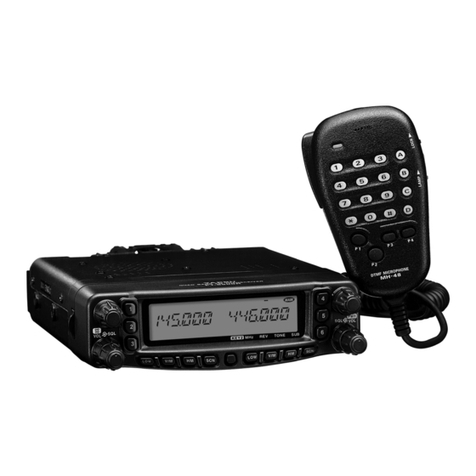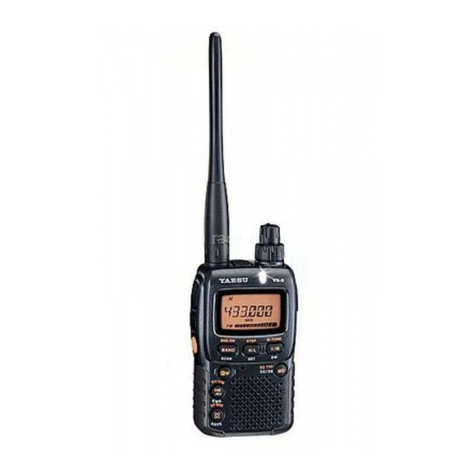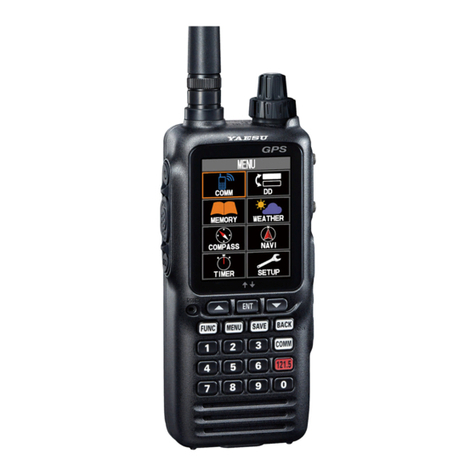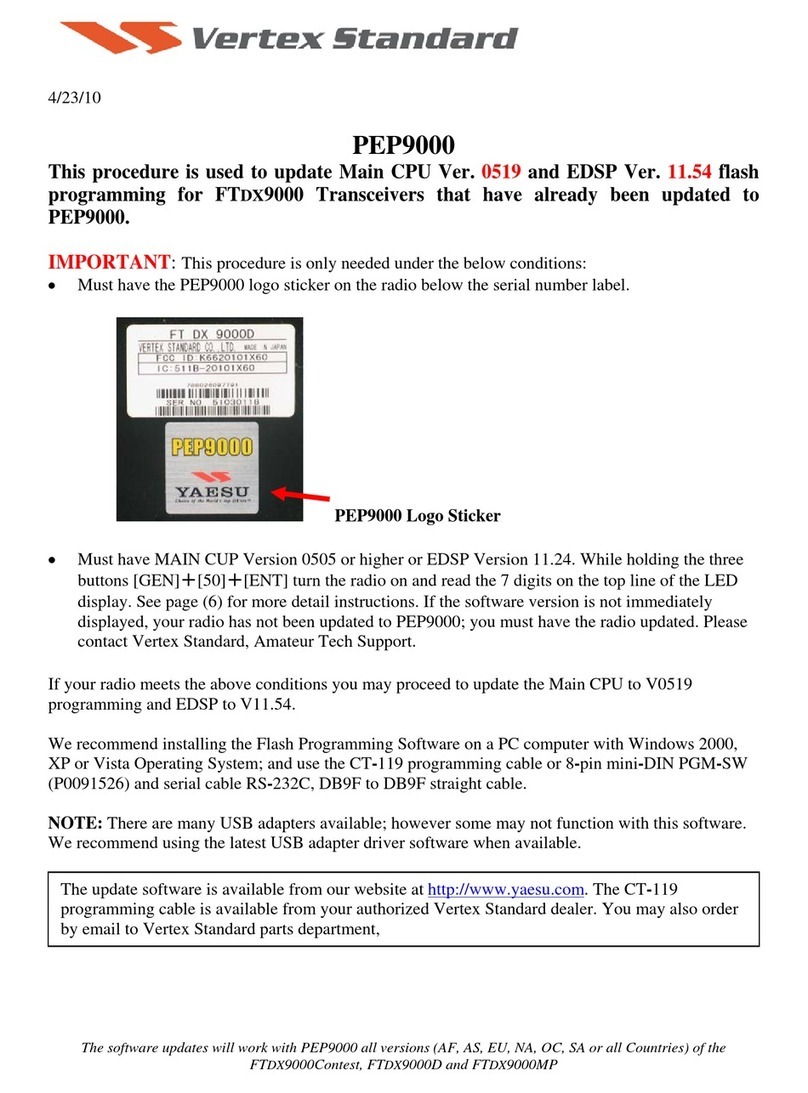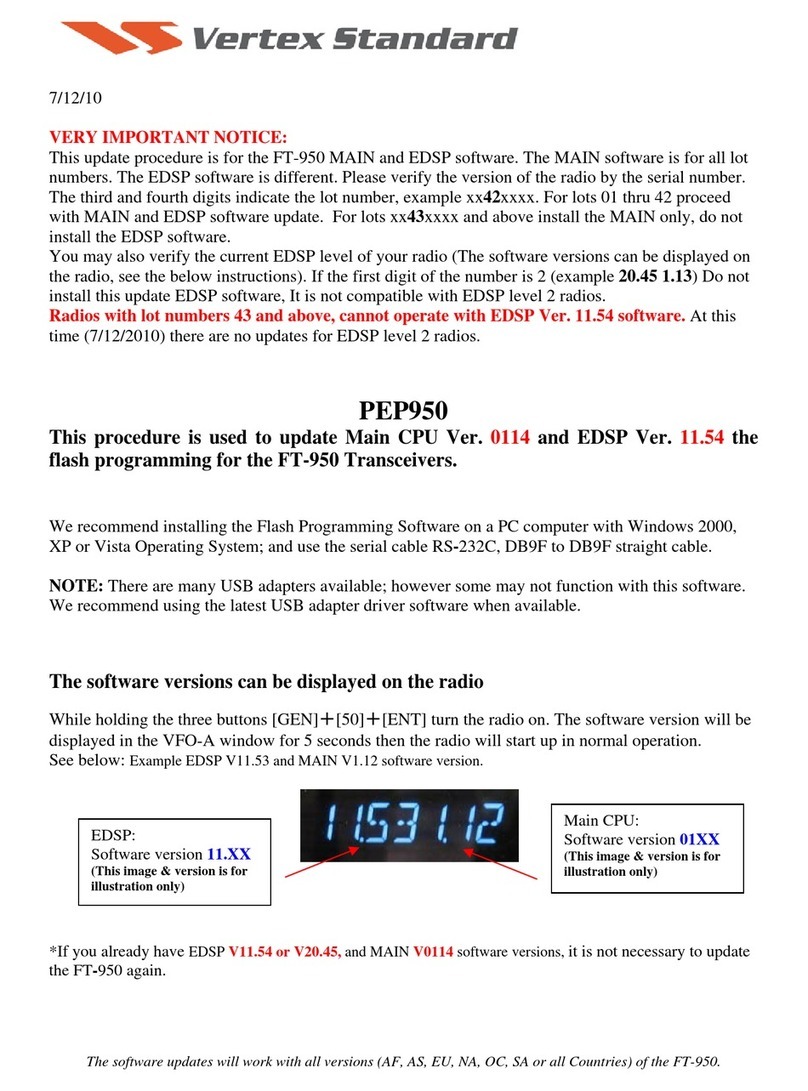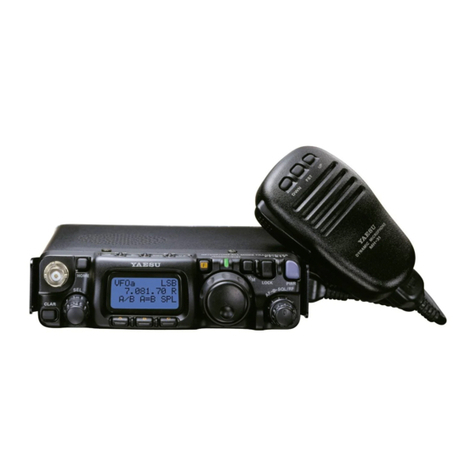Introduction............................................................... 3
Accessories & Options ............................................ 4
Supplied Accessories .............................................. 4
Optional Accessories ............................................... 4
Installation................................................................. 5
Connecting the Microphone..................................... 5
Power connection .................................................... 6
Grounding................................................................ 7
Mobile Station Grounding ..................................... 7
Base Station Earth Grounding.............................. 8
RF FIELD EXPOSURE............................................ 9
Front Panel Controls & Switches.......................... 10
Rear Panel Connectors.......................................... 12
Basic Operation...................................................... 14
Turning the Transceiver ON and OFF ................... 14
Operating Band Selection...................................... 14
Mode Selection...................................................... 14
Adjusting the Audio Volume Level ......................... 14
Adjusting the RF Gain and Squelch ...................... 15
Setting the Operating Frequency........................... 15
Operation on 60-Meter (5 MHz) Band
(U.S. Version Only)......... 16
Lock Feature.......................................................... 16
Clarifier (Receiver Incremental Tuning)................. 17
Advanced Operation .............................................. 18
IF SHIFT ................................................................ 18
AGC (Automatic Gain Control) .............................. 18
Noise Blanker ........................................................ 19
IPO (Intercept Point Optimization)......................... 19
ATT (Attenuator) .................................................... 20
DSP Noise Reduction (DNR)................................. 20
Notch Filter ............................................................ 21
Memory Operation.................................................. 22
QMB (Quick Memory Bank) Channels .................. 22
QMB Channel Storage........................................ 22
QMB Channel Recall .......................................... 22
Memory Operation on
“Regular” Memory Channels .... 23
Normal Memory Storage ....................................... 23
Memory Channel Recall ........................................ 23
Miscellaneous Settings.......................................... 24
Display Contrast .................................................... 24
Display Dimmer ..................................................... 24
Reset Procedure..................................................... 25
Microprocessor Resetting................................... 25
Setup (Menu) Mode ................................................ 26
Specifications ......................................................... 30






